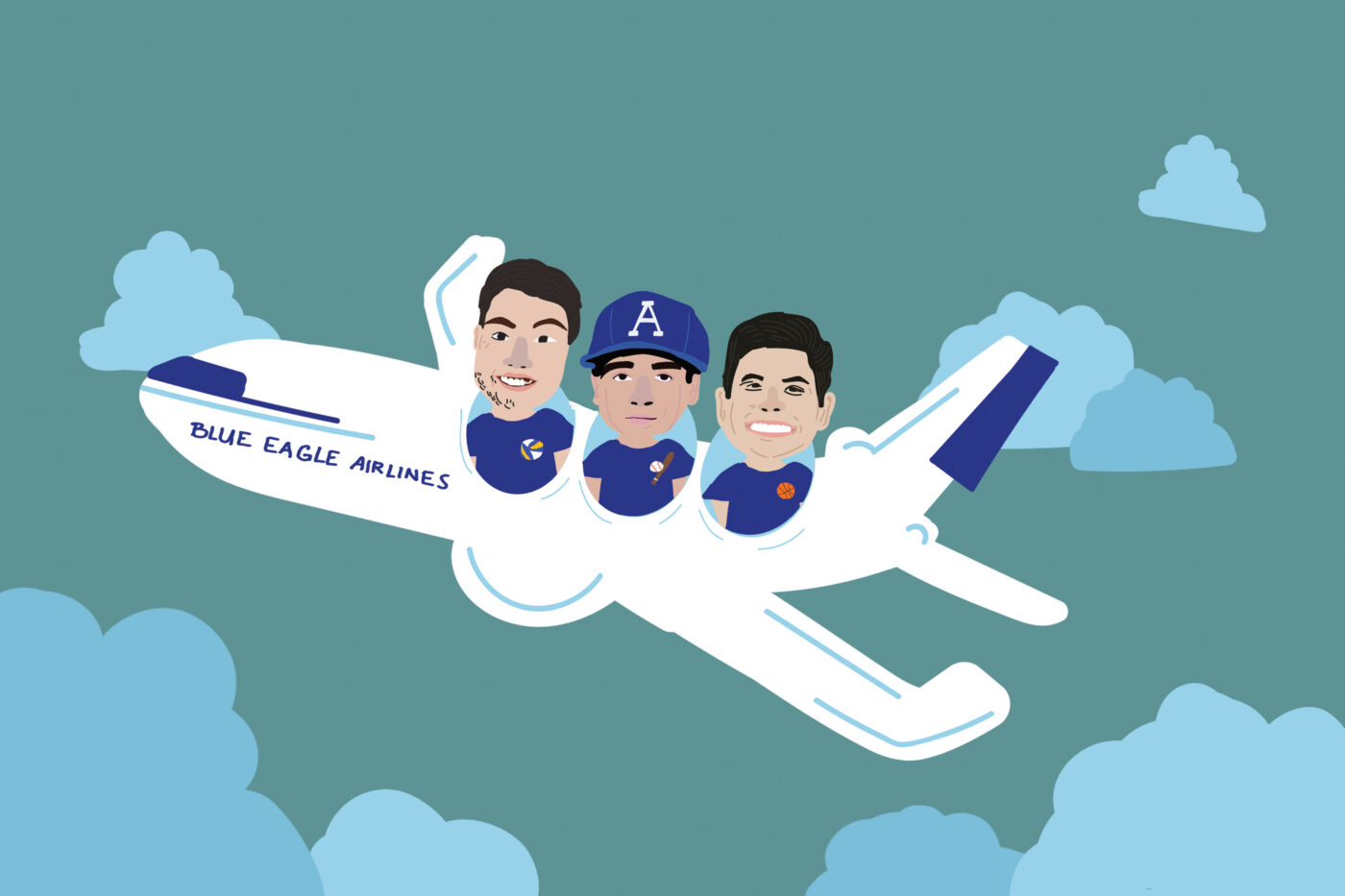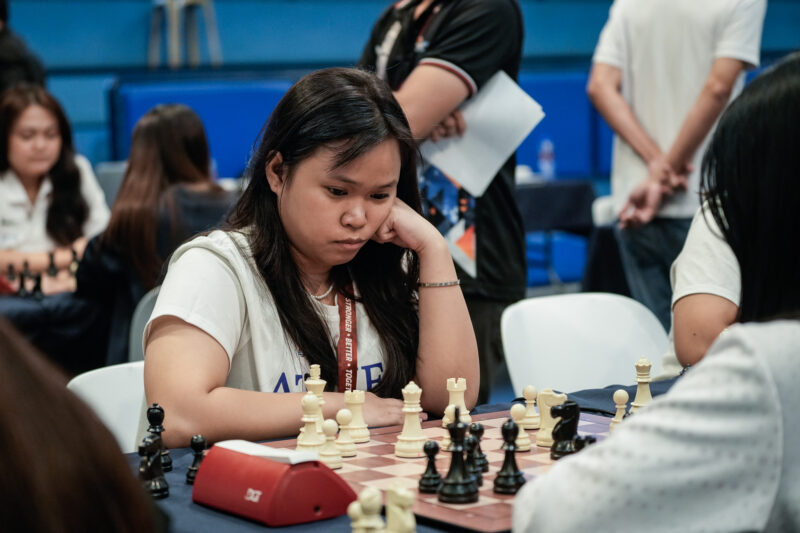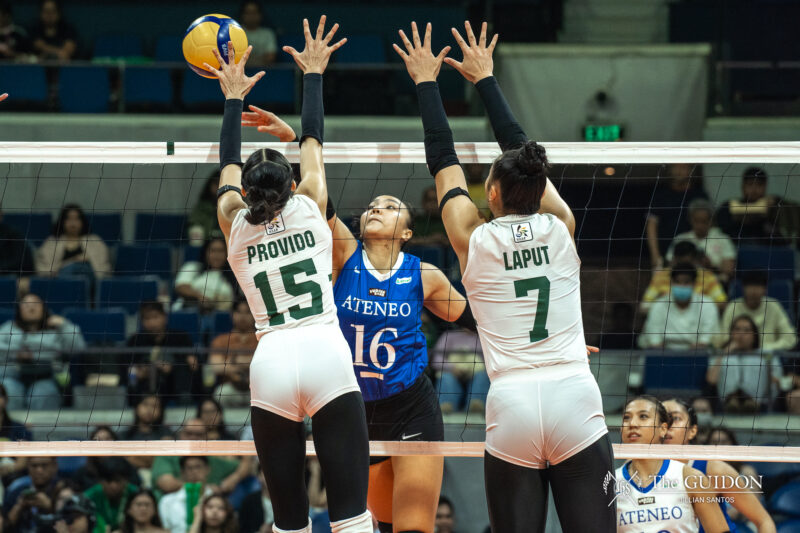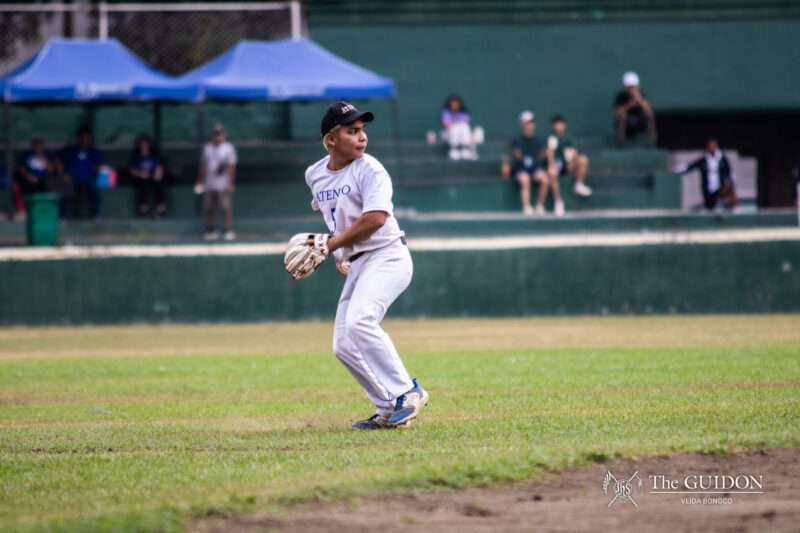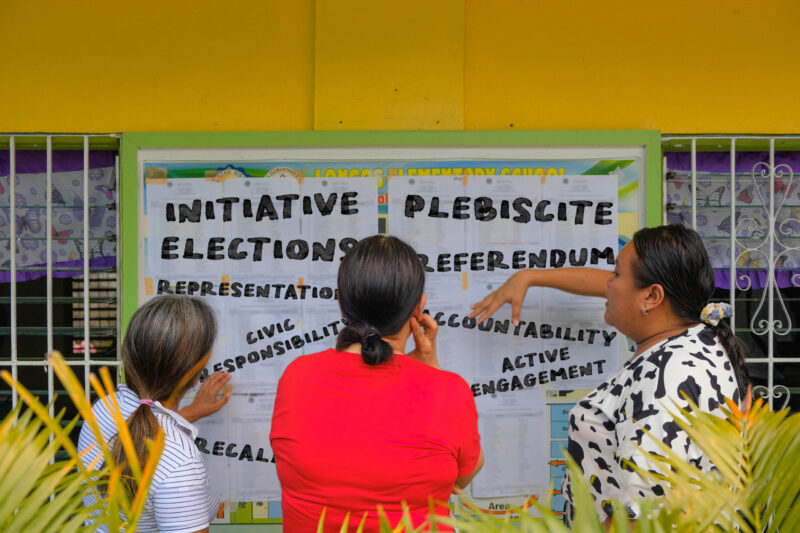IN THE Philippines where sports is an unending chronicle of human passion and love for the game, the athletic scene is much more than just a spectacle for the Filipino to witness on screen or on paper. Sports have become avenues that turn rags into riches, make champions out of delinquents, and change lives by transforming the skill of a few into the stuff of heroes. But looking past the names and faces, Philippine sports has developed into a melting pot of athletic culture, bringing together both homegrown talent and guests from overseas to produce a unique athletic identity that transcends the country’s borders.
Although local leagues such as the Philippine Basketball Association, the United Football League, and the University Athletic Association of the Philippines have been given national distinction by a predominant population of Filipino players, the relatively permanent fraction of foreign stalwarts dotting rosters here and there has globalized the athletic stage in recent years. With an eclectic cast of stars putting on the show to continue the tale of Philippine sports, it seems that the athletes of the present generation are just as diverse in playing styles and backgrounds as they are in the reasons why they play the game and why they choose to do so on foreign ground.
An opportunity overseas
For Blue Eagles Marquis Alindogan, Tony Koyfman, and Raffy Verano, starting from scratch inside a diamond and on a court a thousand miles away from familiarity gives a deeper meaning and burden to the challenge of being a student-athlete. In addition to the opportunity of exposure to a different level of competition in the country, the scholarships they receive from Ateneo are just among the key reasons for choosing to hone their skills and talents across the Pacific when pursuing education and following athletic initiative can become mutually exclusive back home.
Hailing from Seattle, Washington, Marquis Alindogan never intended on playing baseball for college, as his dream was – and still is – to become an airline pilot. Though he was accepted into his dream school which could have set him on the path towards a career in aviation, high tuition costs put Alindogan’s dream on hold, leading him to entertain college opportunities here in the Philippines. After an introduction to the school’s athletic program through a friend, the second baseman was recruited through scholarship by Ateneo, enrolling in 2014 and making his debut for the Blue and White infield during Season 78.
“I got recruited, I trained with them, and it really helped out my mom at home since we [did not] have to pay for college,” Alindogan explains. “It is a sacrifice that you have to make, but it’s all worth it in the end.”
In a basketball-crazed nation like the Philippines, it made sense for Filipino-American Raffy Verano to return to the country where his parents were born and raised and to play the sport ingrained in his blood. The idea of him going to the Philippines to study and play basketball was always at the back of his mind since he was a high school student in Burbank, California. This idea was fully realized when he was discovered by Ateneo after catching the attention of a recruiter, also the father of one of his teammates, during a game
“He introduced himself to my mom and [me] and from there…it’s history,” Verano dramatically narrates.
For Tony Koyfman, volleyball was a way out of a tough situation as a self-sufficient student in the United States. Citing New York City as ground zero for his journey, the Russian-American chased his ambitions to North Carolina for a year of college volleyball, then back to Brooklyn, and finally to a Filipino-American league in Connecticut. However, playing volleyball while juggling two jobs took a huge toll on Koyfman, pushing him to look for both educational and athletic opportunities in the Philippines.
“I was working two jobs while studying and still finding a way to play,” recalls Koyfman. “It was so hectic that I wanted a change, and I decided to just try it out and visit Ateneo.”
The six-foot-four middle hitter was eventually discovered by a coach after visiting campus back in 2012, but opted not to transfer yet despite being attracted to the school. Seeking to improve his grades while still studying in Brooklyn before leaping from continent to continent, Koyfman entered the school in 2014 and is set to don the school’s colors this season.
“Everything about Ateneo is beyond wonderful, so I feel at home,” Koyfman explains. “It took me three schools to feel like I belong here. And in terms of academics, it is tough, but it only pushes me to want to graduate here.”
Changing the game
With more and more foreigners seeking their fortune on Filipino soil, the clash of cultures between competitors and teammates propels local sports to greater heights on both the local and international level.
“It’s good exposure and really interesting to play in a different country and see the Filipino style of playing,” admits Alindogan, “Back in the United States, it’s really about power, being big, and being strong, but here it’s a really mental game about being fast and thinking on your toes.”
Though a growing prominence of foreigners among populations of athletes across leagues may tarnish the value of a purely Filipino game, the introduction of variants to challenge the norm is essential to setting the bar higher in order to meet rising international standards and to defend our nation’s own athletic dignity.
“In my opinion, for sports in general to grow, there has to be a growth in foreign players,” says Koyfman. “I understand that for Filipinos, it’s a loss of scholarships, but that only means Filipinos should do better. If you wanna prove that you’re better than a foreigner, then prove it.”

